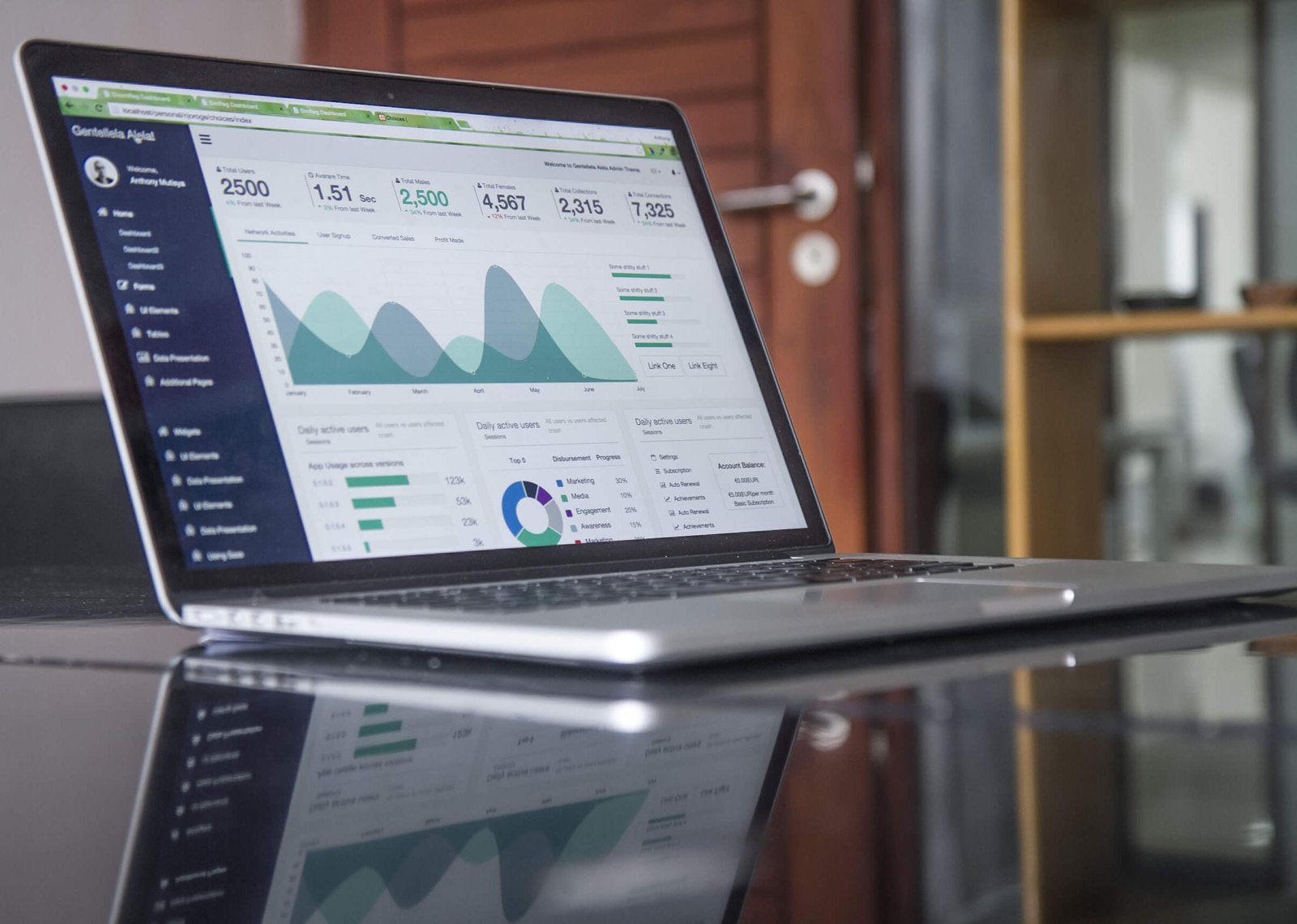Introduction
When it comes to website development, creating a visually appealing and user-friendly website is just the beginning. To maximize conversion rates and achieve your business goals, there are certain key elements that every website should have. In this article, we will explore the top 10 elements that can significantly impact your website’s conversion rate.
1. Clear and Compelling Call-to-Action
A well-designed website should have a clear and compelling call-to-action (CTA) on every page. Whether it’s a “Buy Now” button, a newsletter sign-up form, or a contact form, the CTA should be prominently displayed and easily accessible. Make sure the CTA stands out visually and uses persuasive language to encourage visitors to take the desired action.
2. Intuitive Navigation
Navigation plays a crucial role in enhancing the user experience. A website with intuitive navigation makes it easy for visitors to find the information they are looking for. Use clear labels, logical hierarchy, and a consistent layout to guide users through your website effortlessly. Avoid cluttered menus and excessive drop-downs that can confuse and frustrate your visitors.
3. Responsive Design
In today’s mobile-dominated world, having a responsive website is essential. A responsive design ensures that your website adapts to different screen sizes and devices, providing a seamless experience for users. With more people accessing the internet through smartphones and tablets, a mobile-friendly website is crucial for maximizing conversions.
4. Compelling and Relevant Content
Content is king when it comes to engaging visitors and driving conversions. Create high-quality, informative, and relevant content that resonates with your target audience. Use a mix of text, images, videos, and infographics to deliver your message effectively. Optimize your content for search engines to attract organic traffic and improve your website’s visibility.
5. Trust Signals
Building trust is crucial for converting visitors into customers. Incorporate trust signals such as customer testimonials, reviews, security badges, and certifications to instill confidence in your brand. Displaying trust signals prominently on your website can help alleviate any concerns visitors may have and increase their likelihood of making a purchase or taking the desired action.
6. Fast Loading Speed
In today’s fast-paced digital world, users have little patience for slow-loading websites. Optimize your website’s loading speed to ensure a smooth and seamless browsing experience. Compress images, minify CSS and JavaScript files, and leverage caching techniques to reduce load times. A fast-loading website not only improves user experience but also positively impacts search engine rankings.
7. Social Media Integration
Social media integration allows you to leverage the power of social platforms to drive traffic and increase conversions. Incorporate social media sharing buttons to encourage visitors to share your content with their networks. Display social media feeds or testimonials to showcase your social proof and build credibility. Additionally, integrate social login options to streamline the registration process and reduce friction.
8. Clear Contact Information
Make it easy for visitors to get in touch with you by providing clear contact information. Display your phone number, email address, and physical address prominently on your website. Consider adding a contact form for visitors to reach out to you directly. By making your contact information easily accessible, you instill confidence and improve the chances of converting interested visitors into customers.
9. Optimized Landing Pages
Landing pages are specifically designed to drive conversions. Create targeted landing pages for different marketing campaigns and ensure they are optimized for maximum impact. Use persuasive headlines, compelling visuals, and concise copy to grab visitors’ attention and guide them towards the desired action. A well-optimized landing page can significantly improve your conversion rates.
10. A/B Testing and Analytics
Continuously test and analyze different elements of your website to optimize its performance. Conduct A/B tests to compare different versions of your CTAs, headlines, layouts, and other elements. Use web analytics tools to track user behavior, identify bottlenecks, and make data-driven decisions to improve your website’s conversion rate. Regularly reviewing and refining your website based on data insights is key to achieving maximum conversion rates.
Conclusion
By incorporating these 10 key elements into your website development strategy, you can significantly improve your website’s conversion rate. Remember to focus on creating a user-friendly experience, building trust, delivering compelling content, and continuously optimizing your website based on data-driven insights. With the right elements in place, your website has the potential to become a powerful conversion tool for your business.





